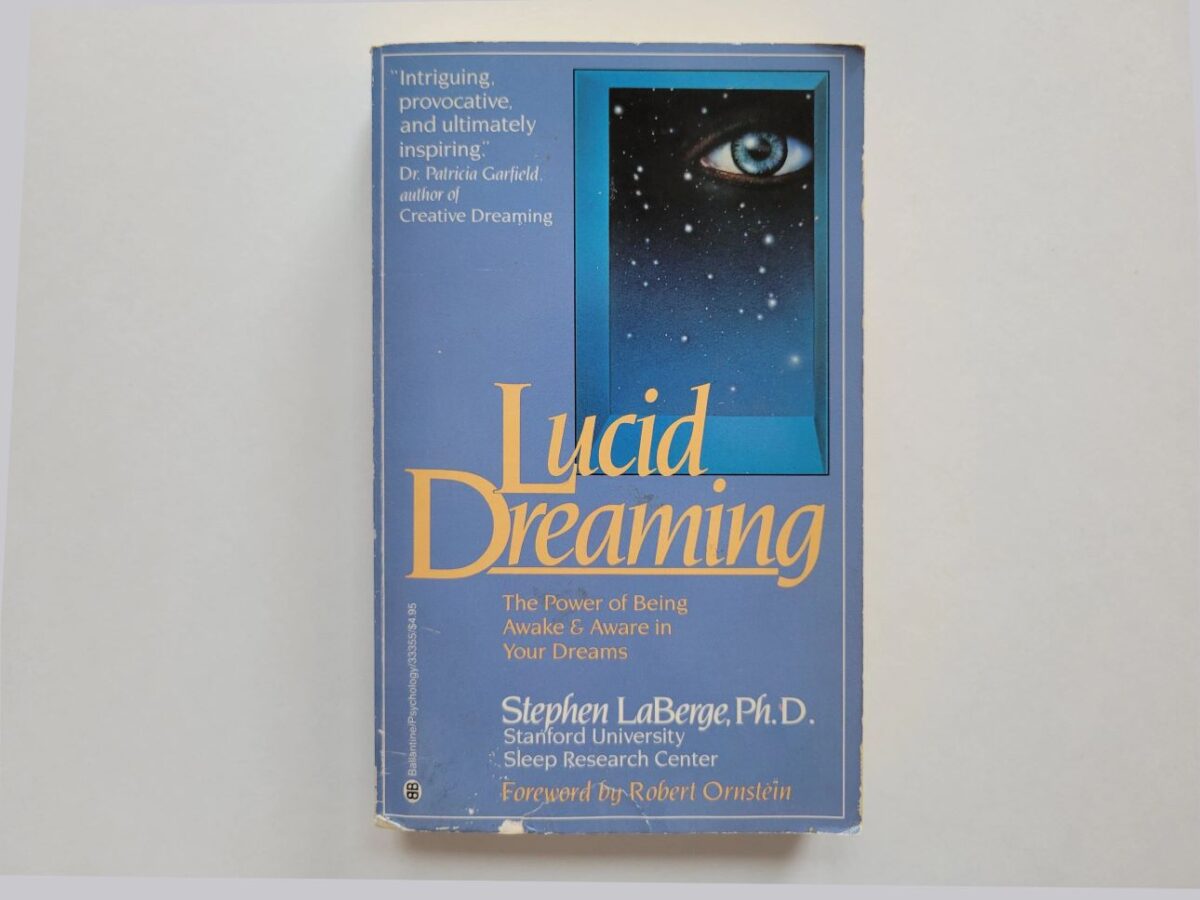It can be categorically stated that there is one situation in which a practitioner will constantly have problems with the direct method, or never get it to work: excessive desire to get results right here and now. If a practitioner lays in bed with the thought that he will enter lucid dreaming no matter what using the direct method, then he might as well not make any attempt at all. Such excessive desire inevitably finds physiological expression in the form of a lack of lapses in consciousness, or their weak depth. The problem is that practically every new practitioner makes this mistake. Direct techniques are often considered difficult due to this seemingly inconsequential and barely perceptible mistake.
Interesting Fact!
For most practitioners, a key piece of advice is to let go of a burning desire to enter lucid dreaming no matter what when using the direct method.
That’s why there should be an element of inner stillness and indifference to the end result before beginning an attempt, let alone during it. You need to let go of trying to control it, and simply commit yourself to entering lucid dreaming. One’s mind should be completely still and almost completely indifferent as to how successful the attempt will be: if it works – great. If not – who cares? There should be intention to enter lucid dreaming, but that intention ought be kept inside, and not find expression in excessive desire or control over the situation.
Until a practitioner learns to have stillness in his approach to direct lucid dreaming entrance methods, he cannot hope to obtain any real practical experience. In the best case, only one attempt in fifty will result in lucid dreaming, even though most of his attempts could have met with success. It’s enough to consider that all advanced users of the direct technique benefit from ambivalence towards the result, whether or not deliberately. Conversely, all attempts by novices are accompanied by excessive desire to obtain a result that they have to have, and this is the main reason for lack of success.
Analyzing a typical example of how the direct technique can work should make the situation clearer: say someone accidentally described the direct techniques right away when telling another about lucid dreaming. His interest perked, the newly-initiated goes home and begins making an attempt just for laughs, without excessive desire. It turns out that this works on the first try. He experiences a turbulent and hyper-realistic lucid dreaming. Now that he knows what all of the fuss is about, he longs to go there again. On the next day, he goes back to bed with a clear recollection of those electrifying events that he so desires to re-experience. But now, his mind craves results so much that his body is physiologically unable to fall into the state that had preceded his first successful attempt – an attempt made without any excessive effort. As a result, those same direct techniques no longer bring lucid dreaming. Anyone believing that getting results is a matter of technique (and not realizing it’s a matter of attitude towards the process) would be dumbfounded.
Using direct techniques in the evening or in the middle of the night take advantage of the body’s natural state of fatigue and for practical purposes this natural tiredness may be amplified. For example, direct techniques more easily lead to success if the practitioner is considerably sleep-deprived. Moreover, in such a state, inducing a free-floating state of mind may be forgone. The most important thing is simply not to fall asleep immediately, in addition to employing the appropriate variations with the techniques. Willful deprivation of sleep is torturous and useless even though great results may be achieved by an experienced and knowledgeable practitioner in a severely fatigued state. Beginners are better off approaching all forms of practice in a natural, balanced way.
An intense longing to sleep is not limited to long periods of sleep deprivation; physical and emotional fatigues also play important roles. In that case, the most important thing is not to fall asleep when performing the techniques, and thus one must select a more active technique variation than usual.
The above notwithstanding, factors such as fatigue and sleep deprivation are only to be used on those rare occasions caused by external circumstances. There’s no sense in putting your body through intentional misery by trying to force fatigue or extended periods of sleep deprivation. Such situations are practically the exclusive domain of novices – an experienced lucid dreamingr would always go to sleep when exhausted. Sacrificing the health in such a way is pointless when already having regular and easily-entered lucid dreams.
The direct techniques, after all, should only be performed when in a normal physiological state, and with enjoyment. A practitioner should take pleasure in the very process of using the method, and not regard it as a tiresome chore needed to enter lucid dreaming. This is the main reason why a practitioner should perform his favorite techniques when he’s most in the mood for them. lucid dreaming should never be sought by trying one’s will or body. With the direct method, there is a direct relationship between enjoyment and effectiveness: the more the process makes you irritable, the worse the free floating state of mind arises and the lower the odds of success – and vice-versa.
There are several signposts that will clearly indicate whether or not a lucid dreamr is on track to reach his goal of mastering the direct method. First, an unsuccessful attempt should not cause one to feel irritable or feel one is wasting time. That’s the first sign of a strategic mistake regarding the process. There can be no talk of a having a solid direct-entrance lucid dreaming experience as long as this happens. Next is enjoyment of the very process of performing the techniques. If a practitioner enjoys working with the techniques he is doing and finds them pleasant, then they will also work much better and be much more likely to lead to lucid dreaming. In addition, disappointment rarely accompanies unsuccessful attempts when one has such an attitude. One must always show respect for the techniques, and not treat them as a boring chore necessary to get into lucid dreaming. If such a problem exists, one should reconsider one’s attitude towards the techniques and try to become interested in the mere performance of them. Although the techniques are not even of secondary importance for direct lucid dreaming entrance, they can serve as a reliable gauge of the quality of the attempt.









